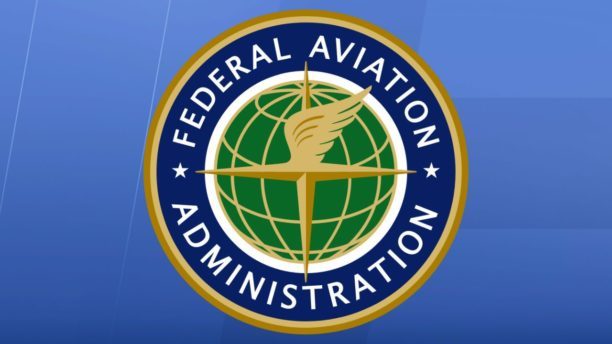
Dickson began his address with the expected message that the FAA must uphold the safety of the national airspace (NAS) first and foremost. When it comes to drones, says Dickson: “The Revolution is already here… but this industry must show that the revolution can occur safely.”
“Just one clueless, careless or criminal drone pilot can threaten people on the ground,” says Dickson.
Dickson then moved on to talk about the many efforts at the FAA to integrate and enable commercial drones. The FAA expects to publish a rule on Remote ID by the end of the year, Dickson said. Dickson acknowledged the more than 50,000 comments that the FAA received on the rule. “We’re considering these comments carefully,” he said. The FAA views a rule on Remote ID as a precursor to rulings on flight over people, and flight at night. Dickson said that rulings on both of these expanded operations should also be released by the end of the year.
BVLOS Flight
After flight over people and flight at night, Dickson said that the FAA expects flight beyond visual line of sight (BVLOS) to be of paramount importance to the commercial drone industry. “The future of expanded business operations will be in repeatable, expandable operations beyond visual line of sight,” said Dickson.
To get ready for BVLOS, Dickson said that the FAA is encouraging manufacturers to pursue type certifications; and has made that process easier. “Expanded drone operations will also require detect and avoid capability,” Dickson said. “…the FAA is working with the industry to research detect and avoid technology… [Detect and avoid] will enable us to integrate more complex unmanned operations with manned operations. This will be a game changer.”
In addition, the FAA is evaluating counter drone technology to protect airports – and working to modernize and improve the FAA’s NOTAM system to more efficiently and effectively communicate with drone pilots. The FAA is “looking to provide a single, digital source” of information for drone pilots, Dickson said.
Passenger Drones and Urban Air Mobility
Finally, Dickson indicated that the FAA is looking forward to new and world changing drone applications, like passenger drones. “All of this is foundational to the use of AAM [Advanced Air Mobility] aircraft,” said Dickson, pointing out that at this time there are nearly 200 AAM aircraft manufacturers. The FAA is “including AAM under future integration plans and efforts,” Dickson said.
Dickson also emphasized the FAA’s willingness to continue to work with the drone industry on integration efforts. “Lets consider how we can collaborate in more ways to share the skies,” said Dickson.
Miriam McNabb is the Editor-in-Chief of DRONELIFE and CEO of JobForDrones, a professional drone services marketplace, and a fascinated observer of the emerging drone industry and the regulatory environment for drones. Miriam has penned over 3,000 articles focused on the commercial drone space and is an international speaker and recognized figure in the industry. Miriam has a degree from the University of Chicago and over 20 years of experience in high tech sales and marketing for new technologies.
For drone industry consulting or writing, Email Miriam.
TWITTER:@spaldingbarker
Subscribe to DroneLife here.
